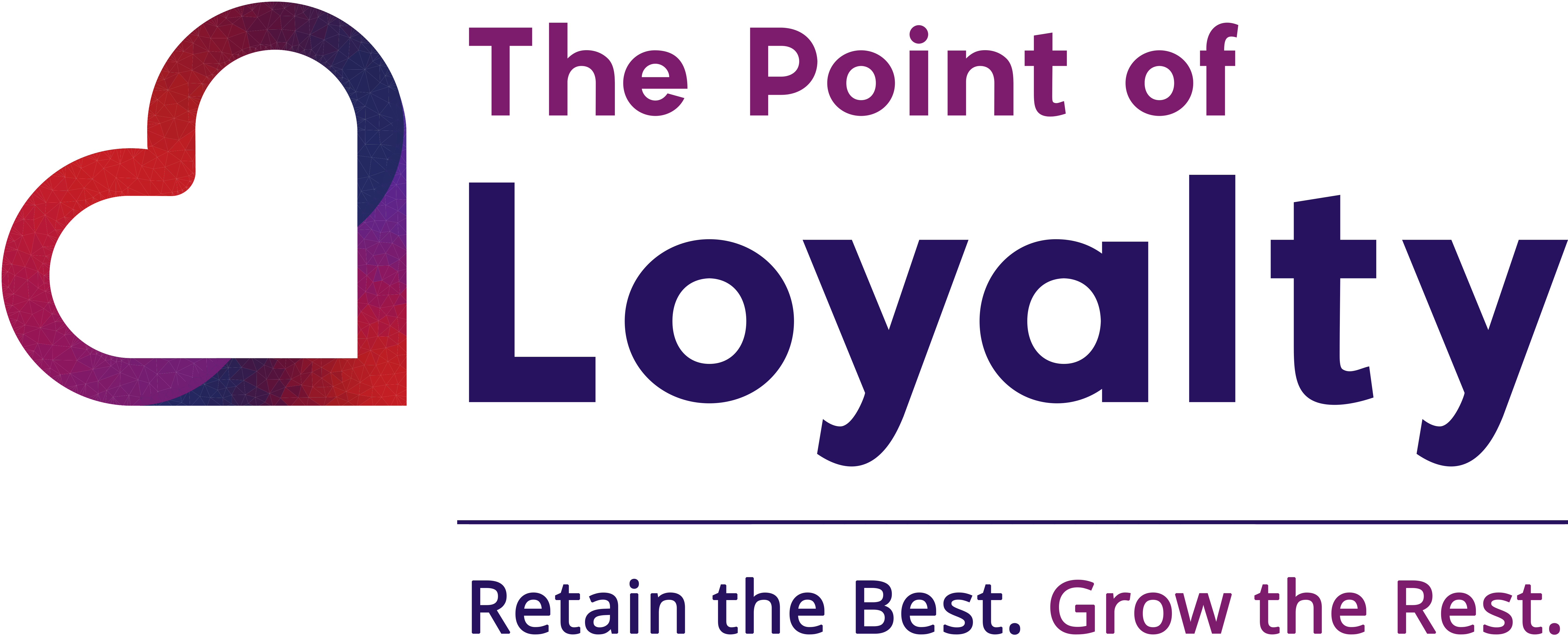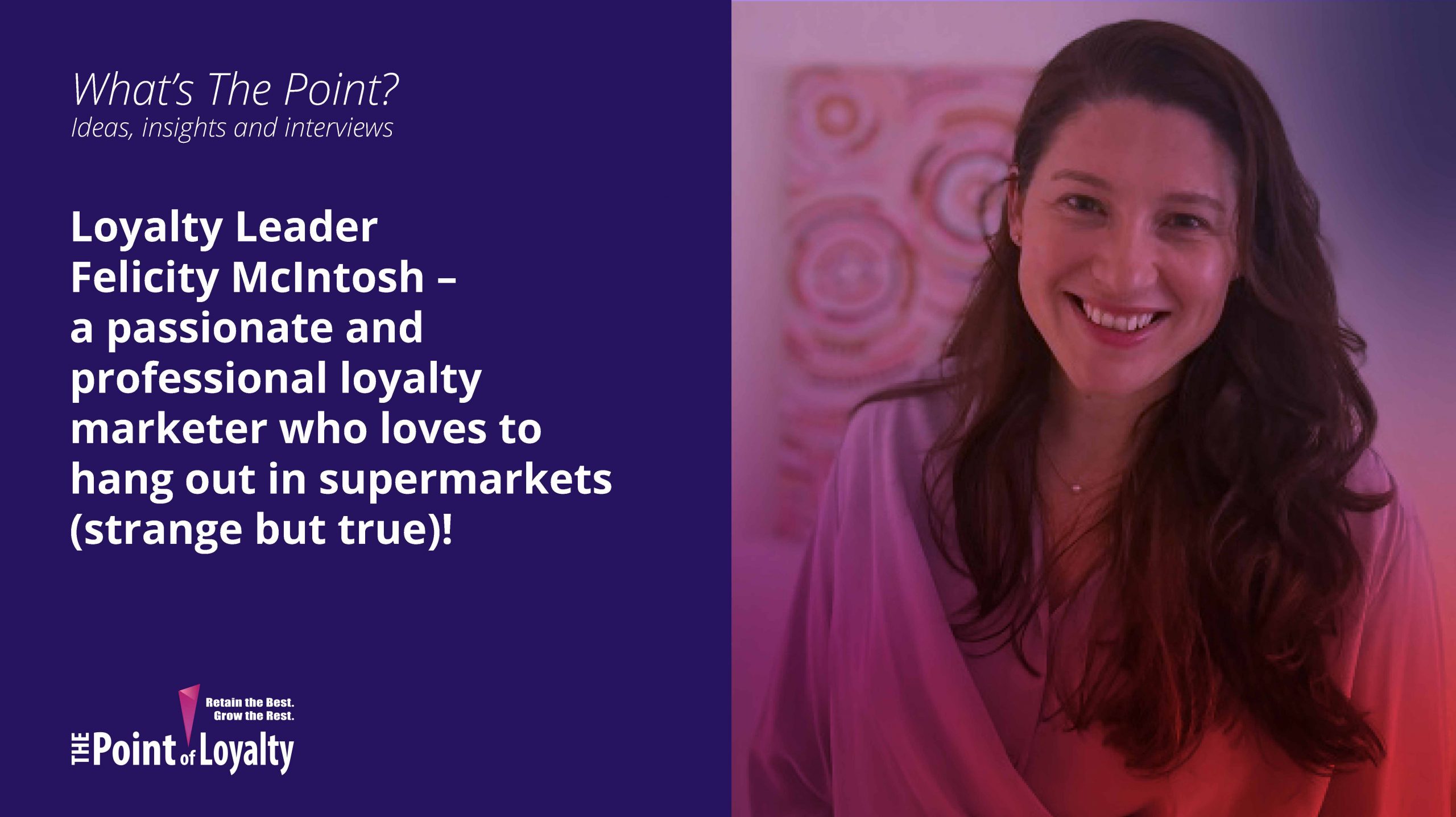An interview by Adam Posner with Felicity McIntosh - Head of Loyalty at Baby Bunting.
This Loyalty Leader interview (#21) with Felicity McIntosh - Head of Loyalty at Baby Bunting was a bundle of joy!
Warning: there could be a few baby puns in this interview!
Felicity has a rich tapestry of marketing experience - from shipping to cosmetics to supermarkets to pharmacy to mental health to babies…all connected by a passion for marketing, loyalty programs and an ongoing focus on understanding the customer!
This interview has many pearls of wisdom and important reminders for all loyalty program marketers.
Read and enjoy…
1. So who is Felicity (outside of work) + a little on your biography
We lived in a big old house which was kind of like a bed and breakfast. It was a raucous household, fun with lots of assertive behaviour (how else would you get attention).
From a young age I was keen to go to boarding school and begged my parents to let me go so landed up at a boarding school in Melbourne and then went off to university to study arts/education. I think it was the school holidays that came with being a teacher that initially lured me; however, I soon realised it was not for me so finished off with a Bachelor of Arts.
I then travelled and had a period of teaching English in Japan and have been to Japan quite a few times – I love it there.
On my return, I landed a job at a shipping company in client services and was soon promoted to customer service manager.
Lucky for me, I was nudged by my manager to study further and focus on marketing – which I did and completed a Master of Marketing. I realised this was my calling. (Felicity humbly admitted to winning some awards while studying).
My first marketing role was in product management for a cosmetics company, however with a change of ownership, I was made redundant.
While it was a bit of a shock, within a week I found a new role with a skincare brand Natio. I loved it there and started getting into CRM, digital and online marketing and website re-platforming projects.
From there I went to Priceline and landed into loyalty, working on the Sisterclub program as loyalty manager.
After four years there, I had an opportunity to get into the supermarket space with the impending launch of Kaufland in Australia.
Did I tell you, I love supermarkets, in fact I actually enjoy hanging out in them, wandering around the aisles… not sure why?
(Strange but true! Maybe it’s all the products and the thought of all the aspects of marketing that gets them there and off the shelves).
Unfortunately, Kaufland did not quite work out in Australia, so I made a bit of a u--turn in industries and landed a role at Beyond Blue setting up their CRM and marketing automation function.
But I love retail! And I love loyalty programs!
And this all combined to bring me to Baby Bunting where I am now Loyalty Manager of the Baby Bunting Family Rewards program and very excited about this opportunity.
Oh, and by the way, this is Lenny the Labradoodle from lockdown who we love!

2. Tell us about the Baby Bunting loyalty program (Baby Bunting Family) … any stats you can share
Baby Bunting Family was launched in February 2022 after a short trial period. It is still in its infancy (sorry pun #2), with just over one year of being in market. Ok, so here comes another one… it is now growing up (!) … with over 700,000 active members so far.
(It was a pleasure to hear Felicity talk about ‘active’ members, rather than just volume of members)
Yes, we define them as active based on making at least one purchase in a 12-month period.
The member base is growing at an average of 5000 new members per week, exceeding our expectations (that’s healthy growth) from both our online and 68 store network.
We now have 12 months of data and we are beginning to understand the data and the insights which have become the heartbeat of our program.
5000 new members per week wow! (See next question as to why)
3. What is the most unique element of the program?
I would say it is that our in-store team love the program.
They're our true loyalty ambassadors.
You might call me the loyalty manager however I would say every person that works in store is a loyalty manager.
I love this “Every person that works in store is a loyalty manager” (This is gold)
Our store team really know how to engage with our customers as they go through their parenting journey and are brilliant at helping them with their purchases and how the loyalty program can help them with information, tailored offers, receipts online etc. However, more importantly these customers are really trying to save money because many may be become a one income family for a period of time, and the program can bring them savings, which our store team (loyalty managers) highlight as they engage with the customers.
The store team are very engaged in the program and to me, the reason why we have so many new members joining the program.
Another aspect that is improving all the time is our CRM and marketing automation with content tailored to the lifecycle of the parent, which although early days, is maturing quickly.
4. What are some of the challenges you face on an ongoing basis to keep the program relevant/fresh/thriving (internally and externally) and how do you overcome these?
Making the program compelling for the customers with a tangible value offer is extremely important for our customers, however at the same time there needs to be strong commercial outcomes for the business and investors. Balancing that combo, that’s an ongoing challenge.
Sometimes customers can be harsh with their feedback, and you need to work through what’s a priority without being sucked into a vacuum of customer feedback.
There will always be areas we can improve, and we are very lucky to have the support of the leaders of the business to try and fail. But we just need to get back up. If our changes do not work, learn and go again.
So, as I say, if you fall over, have a cry, stand up and start again – that’s how you learn to walk! (major baby analogy here).
Finally, to keep the progam fresh and thriving, when we have an idea, we often ask our store teams, customer service and customers. We have very engaged teams and customers who will give us their view.
5. How do you recognise the signals to keep making your program better?
Listen to the customer.
Listen to your store team.
Recently a loyalty team member went to the stores and listened to the store team talk about the program from which new ideas came for scripts for other stores to use and engage with their customers and potential new members.
I think you've got to know your data and metrics.
Sometimes it's hard being a new loyalty program to understand what the data levers are in our customer life cycle. it's not just one data point. You've got to look at everything - customer feedback, transaction values, patterns of frequency and general research or feedback.
6. What advice would you give to brands thinking about a loyalty program?
- What's the ‘why’ behind your program? Ensure the program is supporting your overarching growth strategy as an organization.
- Know your pricing strategy. How is the loyalty program going to support your overall pricing strategy? Is it integrated within their pricing strategy? If you are an everyday low-price retailer, then how does the program’s financial offer support the brands overall pricing strategy.
- Understand the financial impact of your rewards earn and redemption and model different scenarios.
- Start small. Test and learn. Try again and get back up.
7. What do you think is creeping up on programs that could disrupt them for better or worse?
Complexity.
I feel loyalty programs can over complicate what can be simple. Complexity can creep into a program so quickly. Keeping an eye out for complexity is key to long-term success.
For our category and our customers, keeping the complex simple, is critical.
Our customers have many decisions to make and do lots of research. They want information and products that are going to keep their children safe and secure, and they want savings. It’s as simple as that.
8. What’s the most underestimated force behind a program’s performance?
Yes, I have mentioned this and will do so again as I feel it is such a powerful force behind a program’s performance.
And, that is, the front-line store team. Their passion for the program. Their understanding of the program and for the sake of repeating this – they are the loyalty managers!
Another force to be leveraged is the power of community. Building out a community of members or ambassadors of the program provides another more engaged platform for driving the program’s performance
9. What are the important skills a loyalty program marketer needs?
- Data skills and being insight driven.
- Knowing the commercials of a program and how a program impacts the business and how it goes up to the overarching organizational strategy.
- People and communication skills for all-of-business stakeholder management. Being a loyalty program marketer, means you engage with many different areas of the organization - from the store teams to the customer service team to finance to product and merchandise, to the web team, people and culture and training and legal. A program can be a win-win for everyone, and you need to keep on communicating the program’s success and challenges through-out the business.
- Be innovative. You've got to be able to turn challenges and opportunities into actionable outcomes for the member and for the business.
10. If we are chatting again in (say) 2 years’ time, what do you predict would be the hot topic related to loyalty programs
I feel like there's a lot of things going on now that will be present in the future and specifically relating to current economic environment which is not going to go away anytime soon.
I think it is finding different ways to enhance the program’s value offerings.
And as much as we love to say loyalty programs are about the experience and yes, that’s true, however right here and now, customers are trying to save a buck.
11. Leave us with a lasting loyalty thought
Loyalty programs need to go beyond a free cup of coffee. While they must give value to members, more importantly they must be lived and breathed by everyone in the business.
Summary
This interview was so full of fresh insights and reminders from Felicity. Her wide-ranging marketing and loyalty program experience came shining through with the wisdom shared.
Here are six of my best (but don’t forget the rest):
- Your store team are your loyalty managers.
(To me, this is the most powerful statement of how important the customer facing team are to the success of your loyalty program.) - Understand how the loyalty program is going to support your pricing strategy.
(This is the first time I have heard this from a Loyalty Leader in this series of interviews and it is so important to the long term success of a program) - Focus on ‘active members’ rather than just volume of members.
(A reminder for readers of this article: Volume is for vanity; activity is for sanity… revenue is reality!) - Understand the financial impact of your rewards earn and redemption and model different scenarios. A run-on redemption can impact financial forecasts and cashflow.
- Complexity impacts program success. Aim for simplicity.
- A success factor to be leveraged in a program is the power of community. Building out a community of members or ambassadors of the program provides another more engaged platform for driving the program’s performance.
Have a happy loyalty day!

